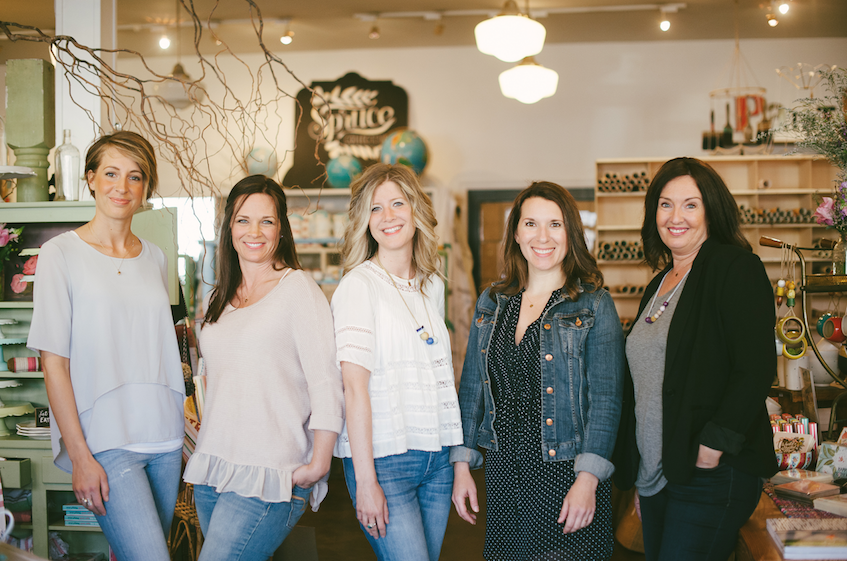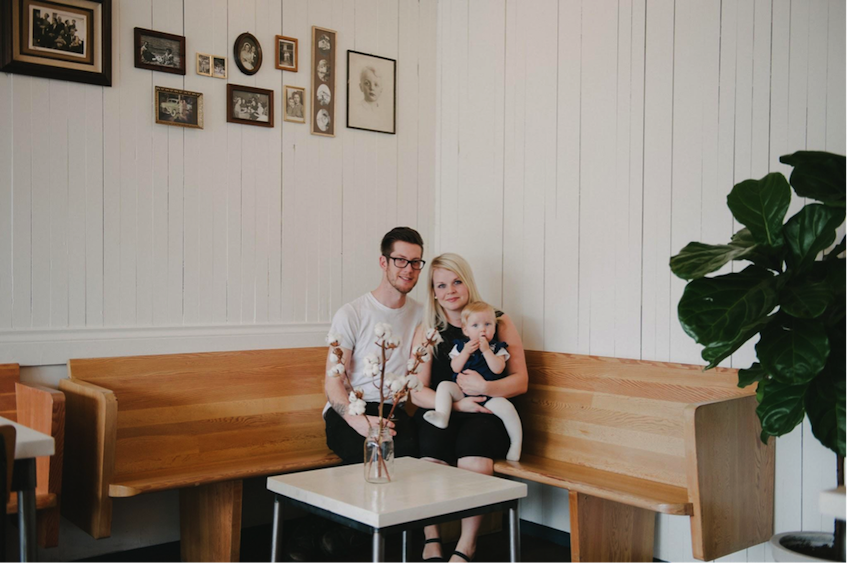By Megan Lambert (The Cascade) – Email
Print Edition: July 15, 2015

The days of skimming over ads in the newspaper are almost over — the emergence of social media allows businesses to market themselves in a cheap and effective way.
Let’s take Instagram. Feeds full of cool-toned textiles and hand-crafted latte art can reach thousands of millennials — appealing, just like traditional advertising, to an ideal lifestyle. Having your business on Instagram is like saying, “Here. Put our product on your dream pin board.”
Instagram’s business website states that because of its 300 million active users, it’s the way to reach the consumer.
“We give brands the ability to reach an engaged audience, deliver messages in a focused visual experience, and publish content in a creative, high-quality environment,” it reads.
And it works. The website features case studies of large corporations who have seen increases in brand awareness.
It’s not just for the corporate world, either. Abbotsford coffee shop Oldhand Coffee Co. and home goods and apparel boutique Spruce Collective are on Instagram, and they’re not looking back.
Their profiles have reach — Oldhand has about 2,400 followers and Spruce Collective has 4,800 at time of print.
“It seems to really help us connect with our consumers and our demographic,” co-owner of Spruce Collective Lily Ellis says.
However, likes on an endless roll of trendy photos doesn’t always translate to dollars in the till. Johannes van Vloten says sometimes likes are more about the idea of going to Oldhand.

“We might get 250 likes on our picture, but it doesn’t at all translate sometimes to the flow of the day,” he says. He adds that followers on Instagram recognize their products, but people don’t always rush in that day to buy them.
But Ellis says although keeping up online allows you to inspire people, sometimes they are so inspired that they come in for specific items, rather than just shopping when they are in the mood to browse.
“We’ll post something in the morning, and often we’ll have multiple customers come in in the day and say, ‘Oh, you posted this, I’m here find it,’ or they’d call in by phone to put things on hold,” she says.
Using Instagram allows Spruce Collective and Oldhand Coffee to stay up-to-date on trends, regardless of how quickly they are evolving. Instagram lets businesses have a two-way conversation with the consumer: we ask, they answer. An article in the Globe and Mail says that this is especially beneficial for small businesses who can appeal to niche markets.
“Small businesses tend to be more agile and have way more freedom to produce great creative content,” it says. This is what Oldhand Coffee does — Johannes and Kristina van Vloten live in the Fraser Valley, so they know their audience.
“At Easter time, we advertised about Paska, for example, which is a very specific Mennonite sweet bread. We put it on Instagram, and people flooded through the doors trying to get it,” he says.
It’s cheap, too. Instagram accounts are free to set up, and the cost of putting out an attractive ad takes a few taps on a smartphone.
Ellis says they wouldn’t seriously consider using traditional marketing.
“Social media works for us so well that we don’t feel the need to pay for newspaper ads. It’s expensive, and it’s just for one day, and it’s a tiny ad. We feel that when we can basically have an online gallery that’s free, and free for our consumers, it has much more impact,” she says.
The van Vlotens are of the same mind — Instagram is working just fine.
“People have spread the word so well through social media by tagging their friends and sharing our posts and coming in and posting pictures of them and their friends,” Johannes van Vloten says.
As local businesses started up by friends — or in Oldhand’s case, a husband and wife duo with a new baby in tow — staying afloat in a market alongside big players like Tim Hortons and Walmart can seem impossible. But, their unique profiles offer the consumer something different — something that can’t be bought or copied.
That is, until sponsored ads from corporations begin to pay for priority in news feeds.
With files from Kodie Cherrille and Sonja Klotz.

